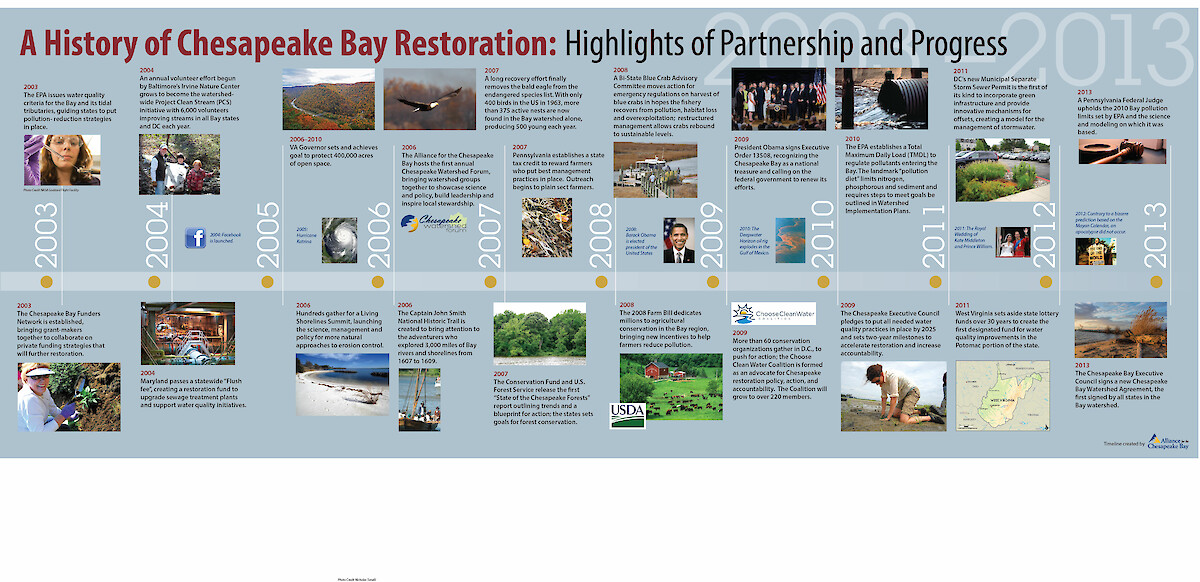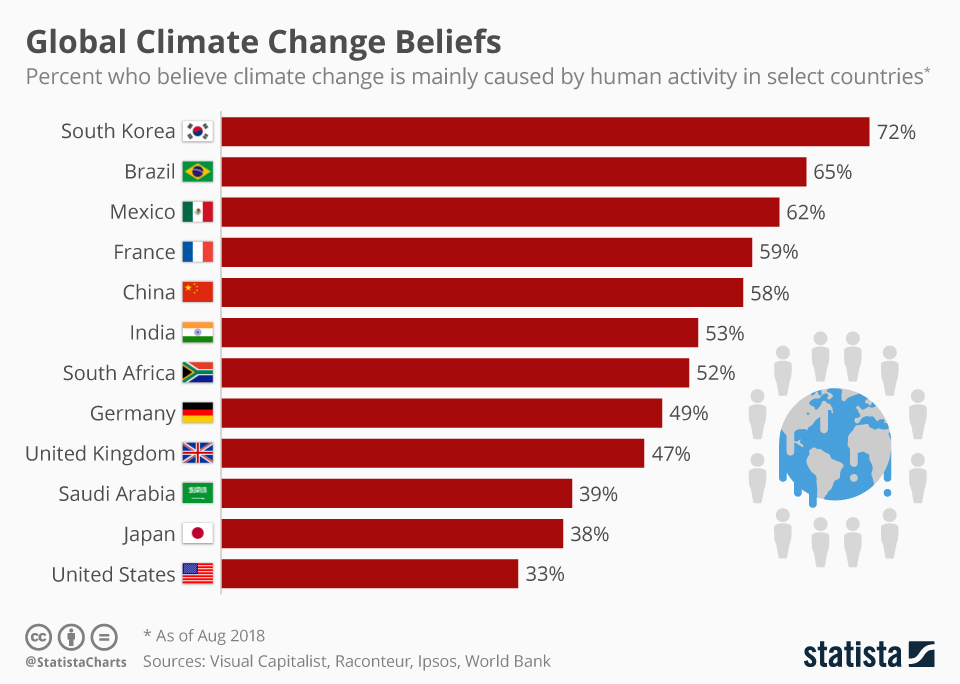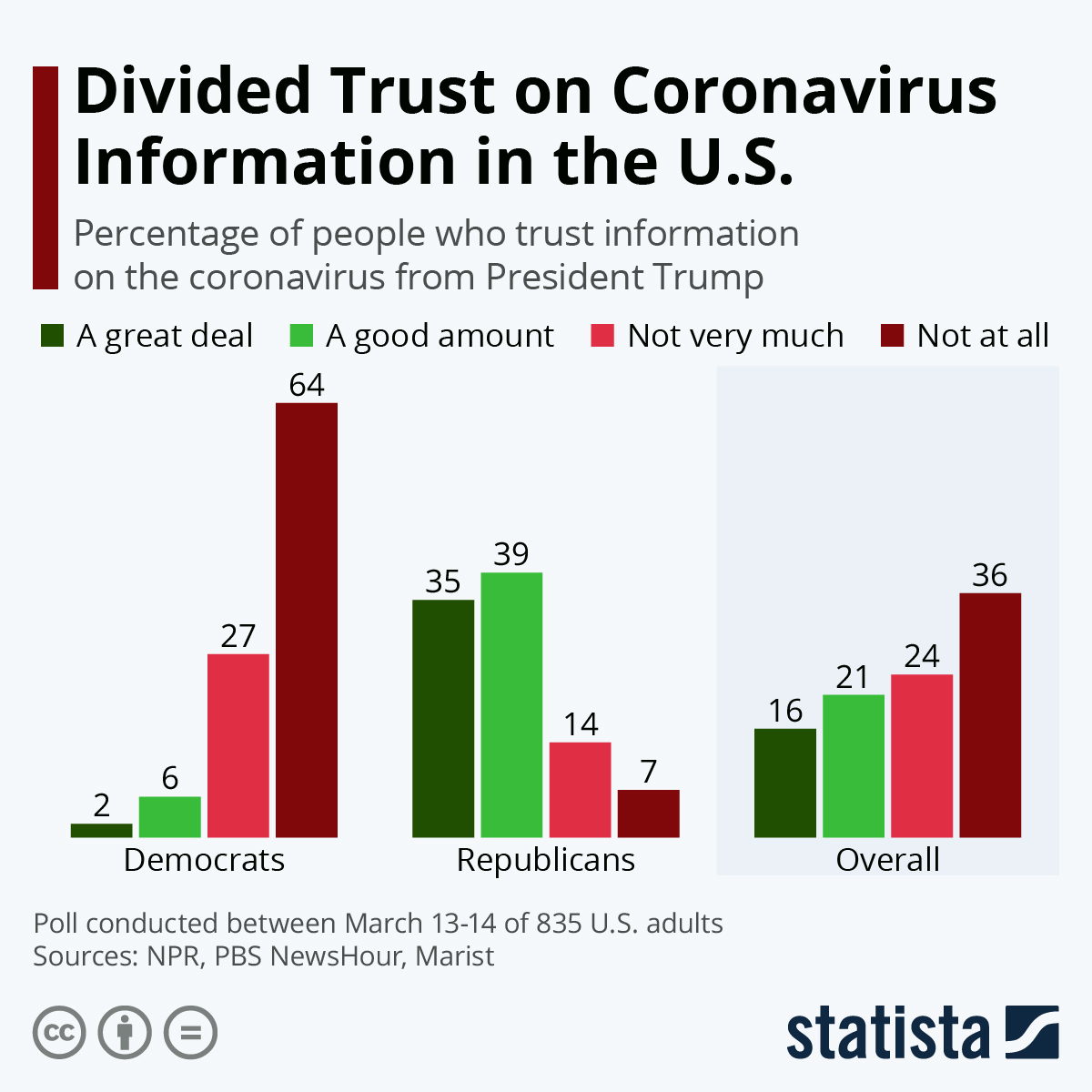The Search for Common Ground: A Case for Cultural Models
Aubrey Tingler ·With a divisive election having just concluded, it is no secret that the United States is divided on many cultural issues. Culture is a broad and often poorly understood term. Michael Paolisso guest lectured for our class last week and elucidated the nuances of the term culture and structure of cultural models. Broadly speaking, culture relates to concepts, meanings, understandings, and behaviors that are common between groups of people. To be part of a culture is to operate in ways a certain group finds acceptable or "normal". Culture has fluidity, and any group can create or share culture. Because culture is built on ideas, meanings, and behaviors, groups can have different cultural models3. A cultural model is a way of framing the world that is built on perceptions and theories. Perceptions are statements or ideas about something and theories are collections of perceptions that frame larger phenomena1.
Cultural models attempt to account for tacit behaviors and stored cognitive framing. Because cultural models affect our perception of phenomena, they tend to be used more heavily and in new or uncertain situations. In general, cultural models are not questioned because they are so integral to how people think that they are taken for granted. Indeed, we have begun to see this troubling manifestation of cultural models in U.S. politics, as groups increasingly tie their political views to their core beliefs, norms, and sense of identity.
In order to assess cultural models, anthropologists use semi-structured interviews in an attempt to create a relatively natural conversation on specified topics. Then, they use quantitative methods to analyze the text from these interviews to search for common themes. Cultural models can be made even further quantitative through cultural consensus theory, which uses statistical models to identify what individuals within a culture perceive as "normal" or "correct" responses to situations or ideas3. Our class read and discussed two different case studies using cultural models and a few examples that illustrated the methods of cultural consensus theory.
All of the readings were focused on environmental issues in the Chesapeake Bay region. The first aimed to construct watermen's cultural model of the blue crab fishery. When fisheries scientists and managers attempt to regulate the blue crab fishery, tension is often created between the regulators and the watermen who depend on the fishery for their livelihoods. However, a deeper look at watermen's cultural model of the blue crab fishery reveals that they see a role for both science and regulation, despite some underlying framing that is not inherently scientific1.
Watermen are typically religious and believe that God manages crabs. They believe human actions impacting crab habitat have an effect, but overall, they believe the natural flux in the crab population is due to the work of God looking after his creations. Therefore, watermen do not tend to support regulations that attempt to significantly curb the total number of crabs harvested. However, they do support science-based management for other issues that can increase the sustainability of the crab fishery, such as enhancing crab habitat. Watermen are eager to work with scientists on management actions that could protect water quality, which they see as a major issue affecting crabs. They also support regulations that would curb corporate pollution and ensure harvests by individual watermen are not taking more than their share of the crabs. In essence, watermen see crabs as a natural gift from God but believe that we must do our part to ensure crabs have a clean environment and that no one has an outsized impact on the blue crab fishery to ensure sustainability into the future1.

This cultural model reflects that while watermen may seem anti-regulation and anti-science, a deeper dive into their views show that they are neither. They simply see science and regulation as playing a different role than scientists and regulators see. Constructing cultural models can be a valuable way to find areas in which stakeholders with different cultural models can find overlap and build policies that are more inclusive of a variety of views rather than alienating to some views while supporting others--a problem that has plagued Chesapeake Bay regulatory policy.

Assessing the views of different stakeholders was also central to constructing the cultural model of oyster restoration in the Chesapeake Bay. This study was done when the states of Maryland and Virginia were considering introducing non-native Suminoe oysters to achieve higher oyster abundance. As part of the Programmatic Environmental Impact Statement in the scoping of this project, various stakeholders were surveyed, including watermen, recreational fishers, environmentalists, scientists, restaurant owners, oyster growers, and oyster processors and shippers on their agreement with certain statements made about the benefits of oyster restoration2.
The study found that most stakeholders expected there to be multiple benefits to oyster restoration. Cultural, ecological, and economic benefits were all seen as part of a successful restoration project. This cultural model was later adapted into a more quantitative cultural consensus model. This model used statistical analysis of stakeholder opinions to determine which groups were a "yes" on the introduction of non-native oysters and which groups were a "no". The divide was generally between watermen and industry in the "yes" camp and scientists and environmentalists in the "no" camp. Naturally, there was variation between individuals, but the consensus model allows researchers to quantitatively determine the majority opinion 2,4.
A similar cultural consensus model was used to determine attitudes towards climate change mitigation in the Chesapeake Bay region. This study evaluated people's perception of climate truths and its impact on their lives through a consensus questionnaire, the results of which were evaluated using a statistical model. Two different cultural consensus models emerged: those who see claim change as a natural cycle and those who see it as a negative environmental change that requires human intervention. Again, a divide emerged with watermen and farmers seeing climate change as a natural cycle and scientists and environmentalists seeing it as environmental change4. I wonder if a long term cultural modeling strategy could work to combat some of the apparent anti-science sentiment in the United States and find sources of common ground for badly needed science-based policy, such as for reducing greenhouse gas emissions.

In all of these examples, I see how these regional issues exemplify issues within this country as a whole. Currently, there is a lot of tension between science and those who believe in certain personal freedoms or ways of life. Whether it is climate change or the coronavirus pandemic, many Americans rage against the idea that rules and regulations would be implemented on their lifestyle.
Writing in the wake of a tense U.S. Election, cultural models struck me as being potentially useful tools for addressing some of the divisions currently prevalent within American culture. Perhaps, cultural models could be used to determine the common ground between the left and right, so that we can make some progress instead of no progress on divisive issues like climate change, racial justice, pandemic response, and economic inequality.

In his lecture, Dr. Paolisso emphasized that culture is dynamic and can be created and shaped by any group that comes together3. Perhaps, if as a nation we are able to view our culture as dynamic rather than fixed, we can come together to move forward on areas of common purpose, even if certain divides remain difficult to bridge.
References
1 Paolisso, M. (2002). Blue Crabs and Controversy on the Chesapeake Bay: A Cultural Model for Understanding Watermen's Reasoning about Blue Crab Management. Human Organization, 61(3), 226-239. https://doi.org/10.17730/humo.61.3.2dc5c4gxap2f6nwv
2 Paolisso, M., & Dery, N. (2010). A Cultural Model Assessment of Oyster Restoration Alternatives for the Chesapeake Bay. Human Organization, 69(2), 169-179. https://doi.org/10.17730/humo.69.2.k1p4770551884604
3Paolisso, M. (2020, November). Cultural Models and Cultural Consensus Lecture [Video Conference]. Presented at the MEES 620: Environment and Society.
4 Ruth, M. (2015). Handbook of Research Methods and Applications in Environmental Studies: "Understanding culture and environment dynamics using cultural consensus analysis" by Michael Paolisso. Elgar.

